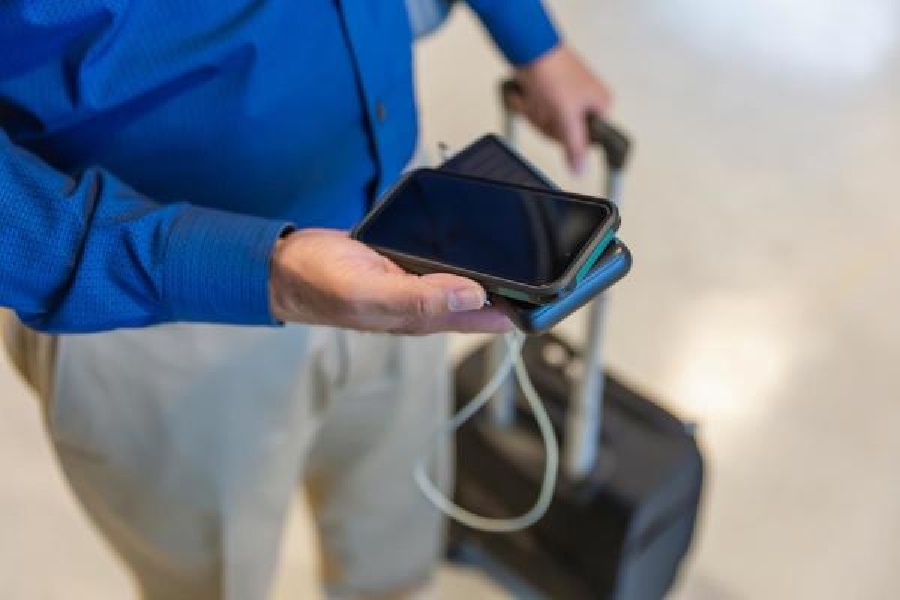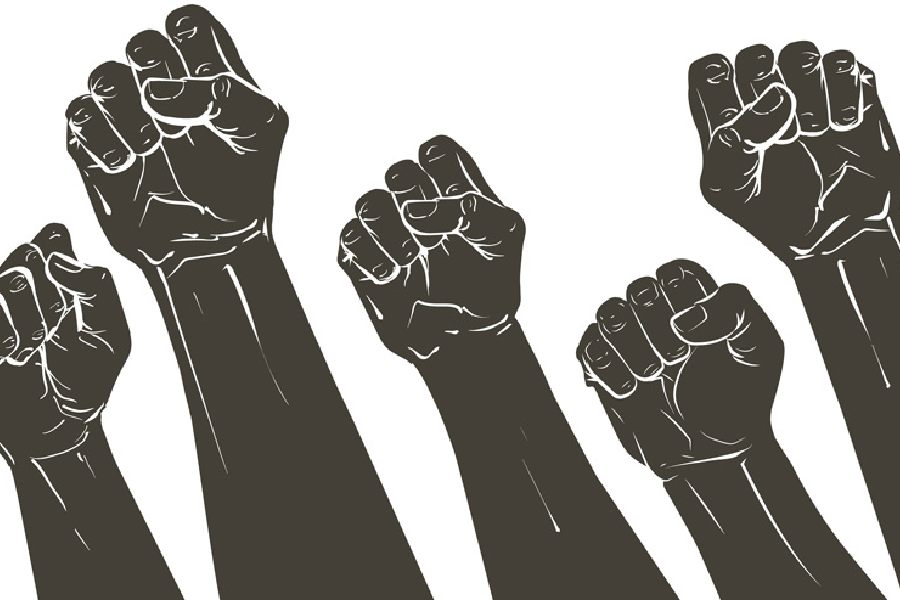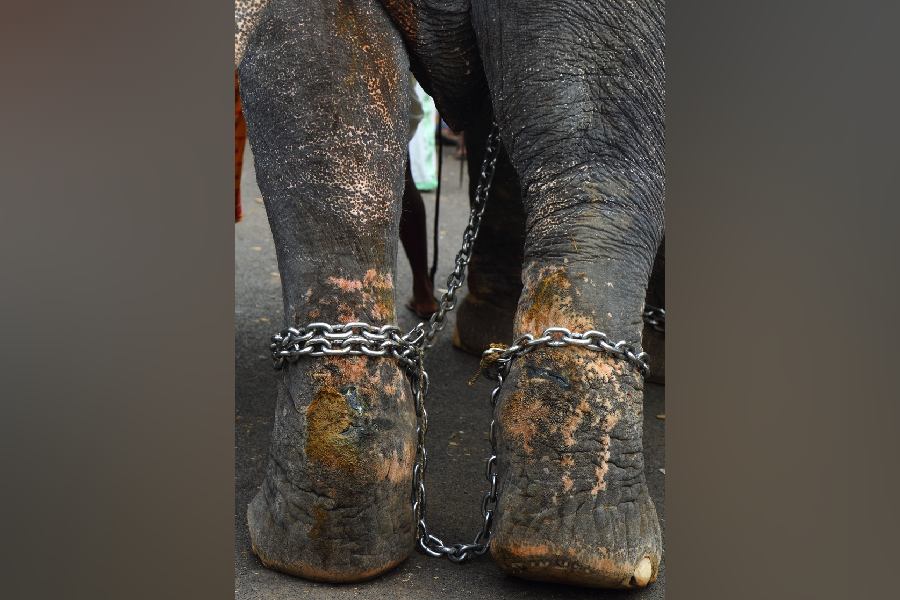 |
| Robert Constance cleans his hurricane-hit home in Carlyss, Louisiana, after floodwaters receded from the area. (Reuters) |
Houston, Sept. 26 (Reuters): Parts of the US Gulf Coast lurched back to life after Hurricane Rita today, although many areas remained buried under rubble or water after the onslaught of a second major storm in less than a month.
Evacuees streamed back into Houston, the fourth-largest US city, although shops were low on bread, milk and other perishables, power cuts continued, and fuel supplies remained spotty. Roland Moreno, a maintenance man who returned to work in Houston today after evacuating to central Texas town of Lampasas, said the sparse supplies were a concern.
“I did the right thing,” he said of getting out of the way. “I just worry about getting food.”
The Rita-related death toll jumped to six today, when five people were found dead in an apartment in Beaumont, Texas, from breathing carbon monoxide from an electric generator, district chief Jeff McNeel of the Beaumont Fire Department said. One person had earlier been killed in a tornado.
In Washington, President George W. Bush said about 1.8 million barrels per day in Texas and Louisiana refining capacity shut by Hurricane Rita and Hurricane Katrina, which struck in late August, would be back on line soon.
And he repeated that he was prepared to loan crude oil to refineries from the government’s emergency stockpile, to ease shortages related to the storms.
A line of cars was trying to get back into New Orleans, which was decimated after Hurricane Katrina and partly flooded again by Rita. New Orleans authorities said residents were being allowed back into the Algiers neighbourhood, and business owners were allowed back to other areas that had not flooded.
Mayor Ray Nagin’s office warned those returning not to drink or bathe in the city’s water, except in Algiers, and not to expect medical services.
In Houston, mayor Bill White urged grocery stores, gas stations and transit lines to get their employees back and working as quickly as possible as the region’s population swelled towards normal levels.
Dr David Persse, head of emergency medical services in Houston, urged residents to use hospitals sparingly because of an influx of patients evacuated from the east.
“Hospitals operating through this entire operation are really filled to the gills,” Persse said.
Over 2.5 million people fled the Texas and Louisiana coasts to safety from Rita, one of the most intense hurricanes recorded over the Gulf of Mexico before coming ashore on the Texas-Louisiana border with 193 kmph) winds.
Houston was spared the worst, but more than a half-million homes in southeast Texas remained without power.
Life was nowhere near normal in the strike zone on either side of the state line. Alcide “Joe” Boudwin said his heart sank when he saw the twisted ruins of what had been his home in Louisiana’s bayou.
“My trailer’s buckled... and I don’t have a drop of insurance, bro,” said Boudwin, 56, a former bar owner and shrimper now retired after suffering heart problems.
Heavy winds in east Texas collapsed some walls, tore roofs and left power lines dangling everywhere. In Louisiana, Rita brought similar wind damage, plus a 5-metre) water wall that surged some 56 km inland.










